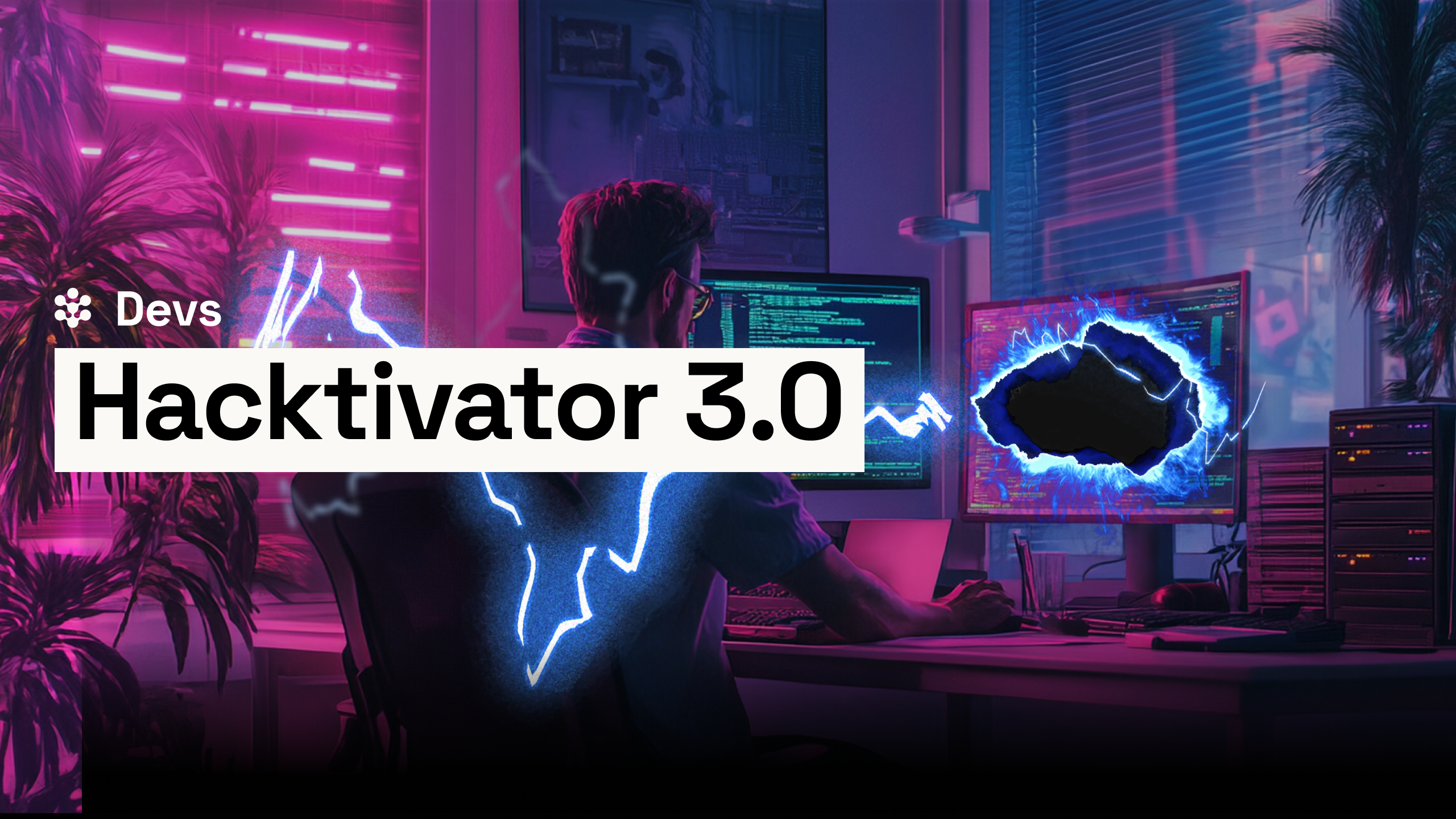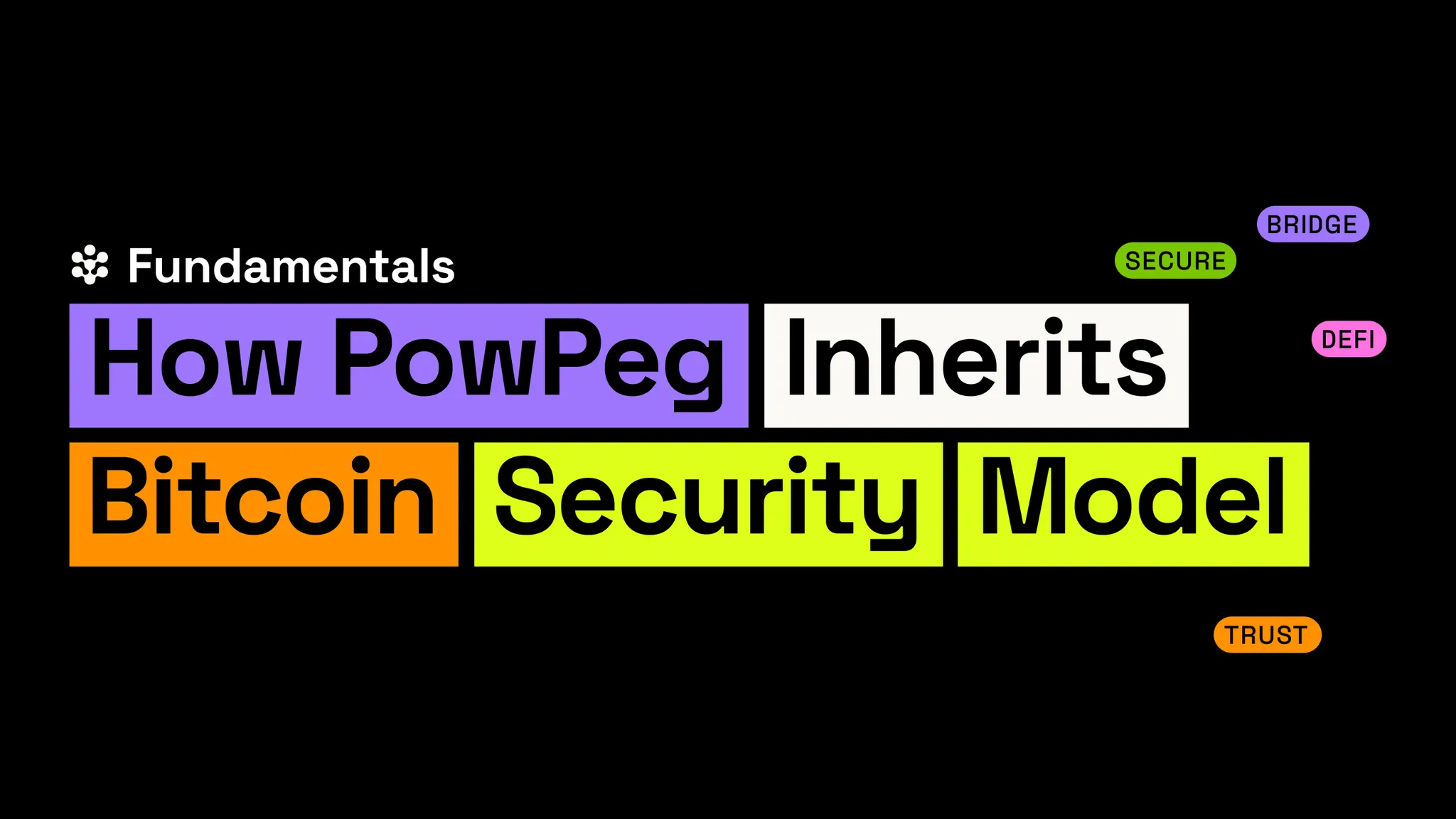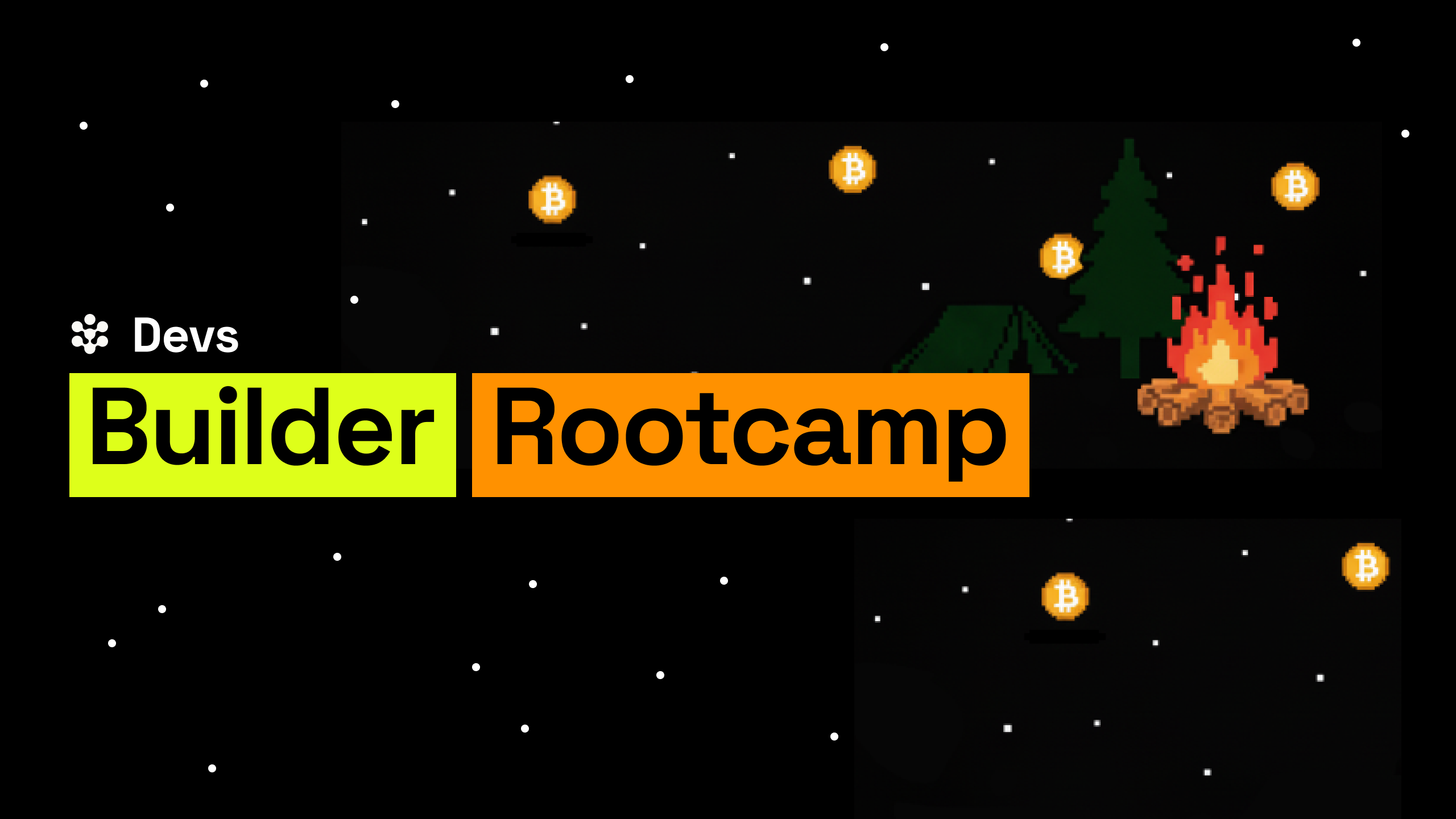This guide is part of the series dedicated to developers and builders who want to benefit from the Rootstock Grants Program. Read along to learn how to identify, draft, and present your project milestones to the judges on the pitch day.
The Rootstock Grants Program has been up and running since 2023, and so far, over 20 projects have received a slice of the $2.5M funding to bring novel use cases to the Rootstock ecosystem.
In the recent article, we outlines the steps of applying to the Grants program, the eligibility criteria, and the process. In this article, we will cover one of the most important steps to having a goal-driven grant proposal, the milestones.
Read along to learn what project milestones are, what the judges are looking for, and how to structure your draft.
Got a novel idea? Fill the 5 minute application form for a chance to get the Rootstock grant.
What are project milestones?
Milestones are a way for the Rootstock Grants team to track your progress along your start-up journey. The team breaks down the milestones into 3 achievable sections. This helps you stay focused on building what matters and unlock funding in your development journey.
With your application, you will need to submit a proposal for your milestones. The Grants team will then review them as part of your application.
These will be discussed during the pitch day. So make sure to include them as part of your deck on the big day.
What are the judges looking for?
In assessing your milestones, the judges are looking to understand what your key objectives are. This is your opportunity to let them know how you view the project development process.
Clear thinking in your milestones is a good way to impress the judges and showcase your startup acumen.
Milestones should have clear objectives, deliverables, and a dollar amount that will be unlocked upon achieving them. These objectives and milestones will then be broken down into small tasks you aim to complete, which will help achieve the overarching objective.
How to write your project milestones?
- Identify the key milestones and how they can be achieved with the amount of funding you are requesting for each milestone.
- Note – The average grant size of the Rootstock Grants Program is $25K
- Write down the details of each milestone as a series of tasks and steps required for the completion of that project phase.
- Define your key performance indicators (KPIs) for each milestone
- Assign each task to a team member
- Present the milestones to the Rootstock Grants judges on the pitch day
Example of a milestones drafting structure
Milestone 1: Testnet Launch: $5K – 1 Month
- Task 1
- Task 2
- Deliverable: Deliver MVP on the testnet
- MVP should consist of:
- Feature 1
- Integration 1
- MVP should consist of:
Milestone 2: Mainet Launch: $10K – 1 Month
- Task 1
- Task 2
- Deliverable: Add new features and launch on mainnet
- Feature 2
- Integration 2
Milestone 3: Traction: $10K – 1 Month
- 5,000 transactions processed on Rootstock
- 1,000 new wallets generated
Feel free to adjust the structure in a way that fits your project.
How does the Rootstock Grants work?
The total funding allocated to the Rootstock Grants Program is $2.5M, and the average ticket for each accepted project is $25$. As for the process, once the application is submitted, Rootstock’s dedicated grants team will perform an internal review. If your proposal is of interest, you’ll be invited to discuss the proposal further.
That brings us to what happens if your project is accepted in the grants program:
- You’ll take part in a pitch day
- Due diligence will be performed, along with Know Your Customer (KYC) checks
- A formal grant agreement will be drawn up that codifies your milestones
- A thorough security check will take place to ensure your project doesn’t leave the Rootstock community vulnerable to threats
- Start of deployment
Why should you build on Rootstock
Rootstock is the first EVM-compatible Bitcoin layer 2, enabling developers to leverage the same familiar Solidity tools and libraries on our blockchain.
Moreover, the Rootstock ecosystem provides users with lower transaction costs than both Bitcoin and Ethereum, creating a better user experience.
And lastly, the Rootstock blockchain handles a significantly higher number of transactions per second – 300 TPS compared to ETH’s 27 and BTC’s 7.
This, when coupled with a rapidly growing user base and a passionate community of multilingual members, makes Rootstock a welcoming place to get innovative.
Apply to the Rootstock Grants Program now to get a slice of the $2.5M fund.


